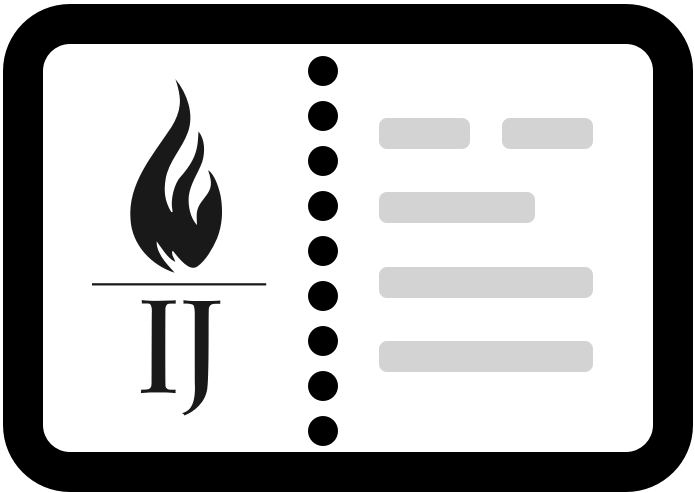Executive Summary
The right to earn an honest living has always been a fundamental American right. But in recent decades, this right has become increasingly circumscribed by occupational licensing laws. Occupational licensing is, put simply, government permission to work in a particular field. In the 1950s, about one in 20 American workers needed an occupational license before they could work in the occupation of their choice. Today, that figure stands at about one in four. Securing an occupational license may require education or experience, exams, fees, and more, and working without one can mean fines or even jail time.
The growth of occupational licensing and the barriers it presents to job seekers have attracted mounting bipartisan concern. Policymakers, scholars and opinion leaders left, right and center are increasingly recognizing that licensing comes with high costs—fewer job opportunities and steeper prices—and does little to improve quality or protect consumers.
This second edition of License to Work examines both the scope and the specific burdens of occupational licensing, documenting licensing requirements for 102 lower-income occupations across all 50 states and the District of Columbia. It finds that these barriers to entry can pose substantial difficulties for job seekers and would-be entrepreneurs. Key findings include:
- The 102 occupational licenses require, on average, $267 in fees, one exam, and nearly a year of education and experience.
- Interior designer is the most difficult occupation to enter, though it is licensed by only three states and D.C.
- Among the jobs that require licenses nearly everywhere, cosmetology trades (cosmetologist, barber, skin care specialist and manicurist), truck and bus drivers, and pest control applicators rank as some of the most difficult to enter.
- Louisiana and Washington license more of the occupations studied than any other state—77 of 102. Wyoming, with a mere 26, licenses the fewest. On average, states license 54 occupations.
- Hawaii imposes the steepest licensing requirements, averaged across the occupations it licenses, while Nebraska’s average requirements are the lightest.
- California licenses a large number of occupations and imposes steep requirements, making it the most widely and onerously licensed state. Wyoming is the least widely and onerously licensed state.
This report also reveals many inconsistencies and irrationalities in licensing burdens:
- Most of the 102 occupations are practiced in at least one state without state licensing and apparently without widespread harm. Only 23 of these occupations are licensed by 40 states or more.
- Licensing burdens also often vary considerably across states. For example, four states require four years—1,460 days—of experience to become licensed as a residential landscape contractor; 40 others require none. Such variation is common: In roughly half of the occupations studied, the difference between the heaviest state education and experience requirements and the lightest is more than 1,000 days.
- Licensing burdens are frequently disproportionate to the actual public health and safety risks of an occupation. Cosmetologists, for example, must complete more than a year of education or experience on average. Emergency medical technicians (EMTs), on the other hand, need to complete only about a month. Indeed, 73 occupations have greater average burdens than EMTs.
Such inconsistencies and irrationalities suggest that many licensing burdens are excessive and call into question whether many licensing schemes are even necessary at all.
Fortunately, there are alternatives to licensure. Less restrictive options like certification, bonding, insurance, inspections and registration all offer consumer protection without shutting people out of work. Only where there is evidence of present and significant harm that cannot be remedied by a less restrictive alternative should licensure be considered.
Starting from this simple premise, this report recommends that state policymakers take the following steps to rein in licensing and mitigate its ill effects:
- Repeal needless licenses and—if necessary—replace them with less restrictive alternatives.
- Scale back licensing statutes and policies that have swept up previously unlicensed activities. Often, the boards that oversee licensed occupations will adopt rules or use enforcement actions to expand their authority even over non-licensees.
- Codify in statute the right to engage in a lawful occupation. Empower courts to enforce this right by striking down licensing laws that restrict it without evidence of real public harm.
- Implement meaningful sunrise and sunset processes to evaluate the need for proposed and existing licenses and to consider less restrictive alternatives.
- Establish oversight bodies to actively supervise licensing boards. Boards are commonly dominated by licensees, and effective oversight should aim to curb their tendency toward anticompetitive behavior.
- Curtail license denials based on irrelevant or long-past criminal records.
- Improve interstate mobility for workers and entrepreneurs first and foremost by repealing unnecessary licenses and, where necessary, replacing them with less restrictive alternatives.
The 20th century was the era of ever-expanding licensing. By putting this report’s recommendations into practice, policymakers can help ensure that the 21st is the era of transforming licenses into liberty and economic opportunity.


